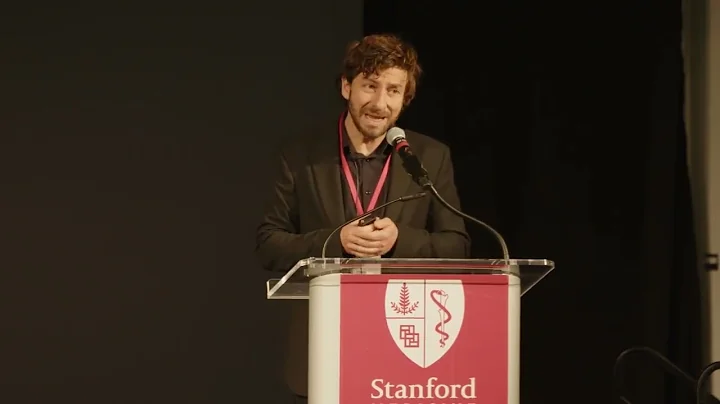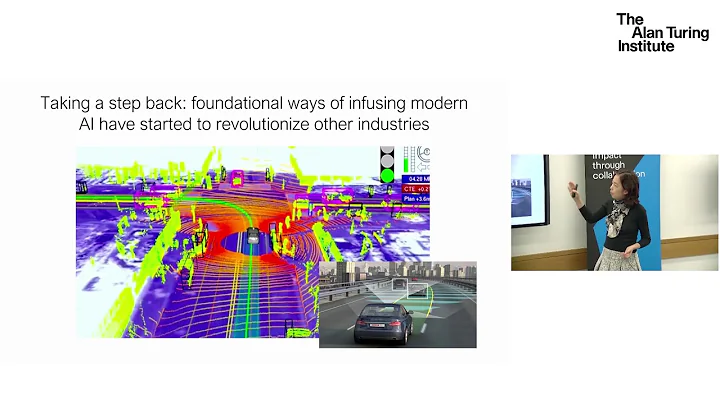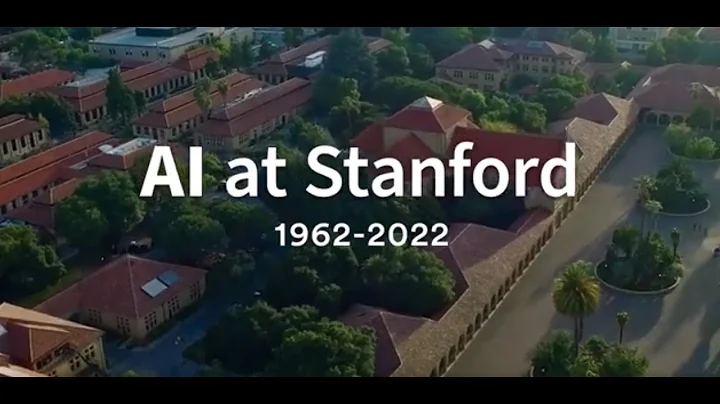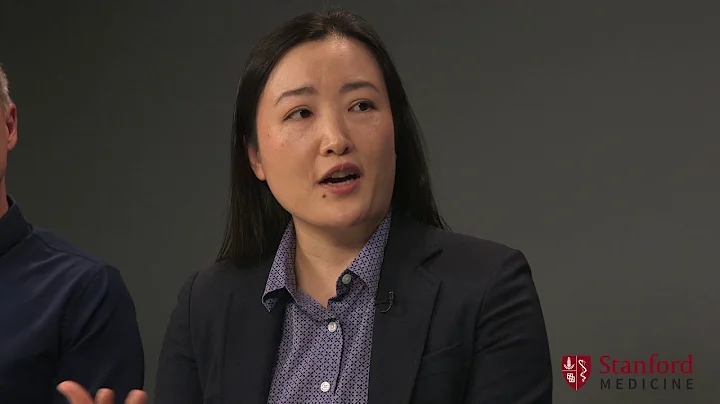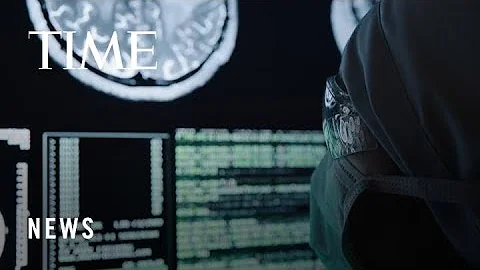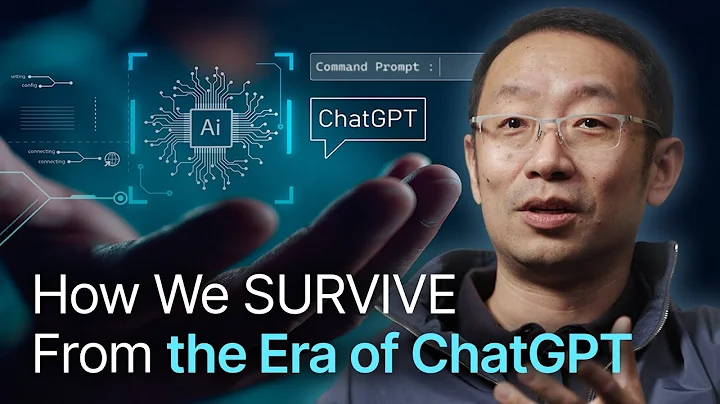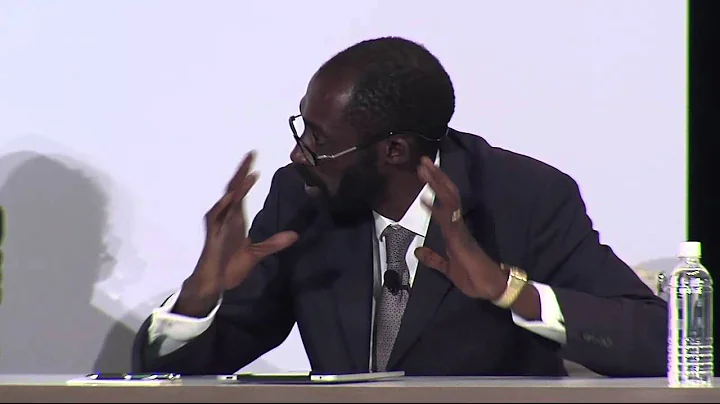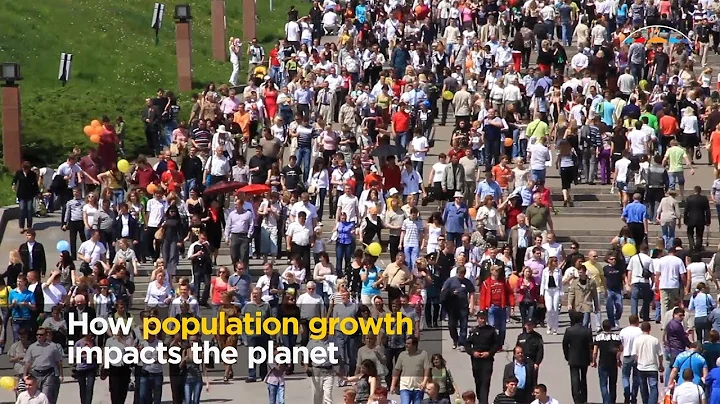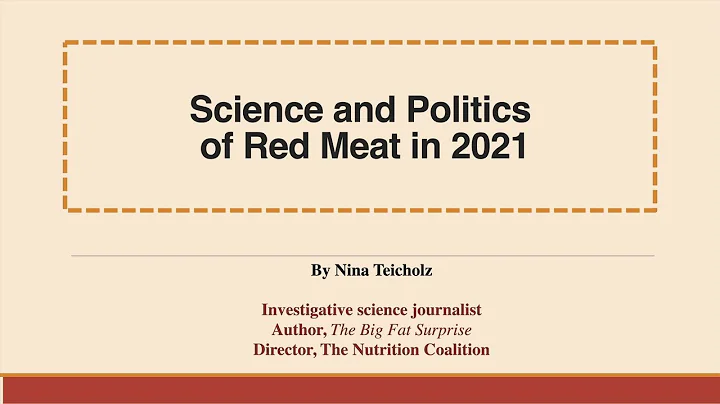Source: [People's Daily Health Client]
html On June 28, researchers at Stanford University School of Medicine published a study in "Nature Aging" showing that they developed an artificial intelligence based on The new aging clock - iAge, can monitor chronic inflammatory signals in the human body, thereby promptly detecting individuals with increased risk of diseases such as weakness , immune senescence and cardiovascular disease, or early diagnosis of aging-related diseases, Early intervention is of great significance.To study how the characteristics of chronic inflammation throughout the body change as we age, a research team led by Professor David Furman of Stanford University School of Medicine studied 1,001 people (aged 8-96 years old; 66% female) from 2007 to 2016. blood sample. Considering the importance of chronic inflammation to many human diseases and the lack of standard measures, the research team developed a new immune indicator using artificial intelligence algorithms of deep learning and called this inflammatory aging "clock" - iAge. This aging "clock" is based on the concept that levels of specific immune cells and proteins in the blood fluctuate with aging. The results found that people with larger iAge develop this age-related systemic inflammation pattern earlier and are more likely to experience a variety of long-term health problems, including reduced immune function, cardiovascular disease, or early onset of physical weakness. .
![Source: [People's Daily Health Client] On June 28, researchers at Stanford University School of Medicine published a study in Nature Aging showing that they developed a new artificial intelligence-based Aging clock - iAge, which can monitor chronic inflammatory signals in the hum - DayDayNews](https://cdn-dd.lujuba.top/img/loading.gif)
Flowchart of the study. "Nature - Aging" Figure
Professor David Furman, the leader of the study, concluded at the end of the paper: This study developed iAge, a new "aging clock" that can predict important aging phenotypes, thus providing a Discover new ways in which individuals are at risk for age-related diseases and immune decline, and suggest CXCL9 and other iAge proteins as potential new targets for treating these conditions.
Editor-in-Chief: Liu Yingqi
This article comes from [People’s Daily Health Client] and represents only the author’s views. The National Party Media Information Public Platform provides information release and dissemination services.
ID:jrtt
